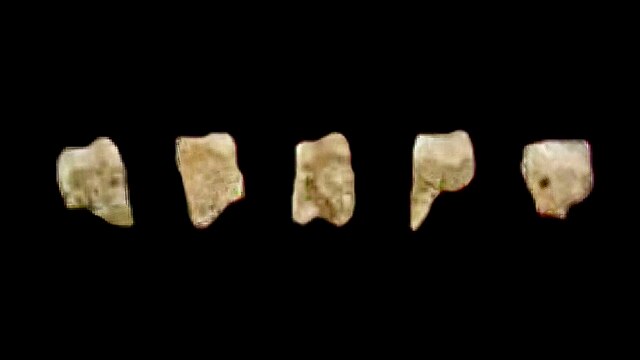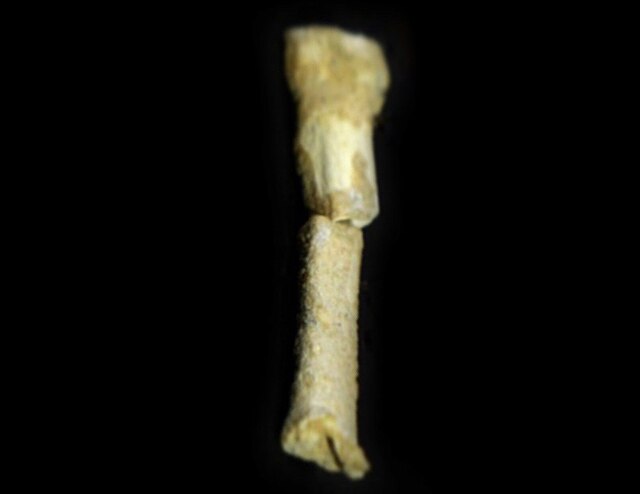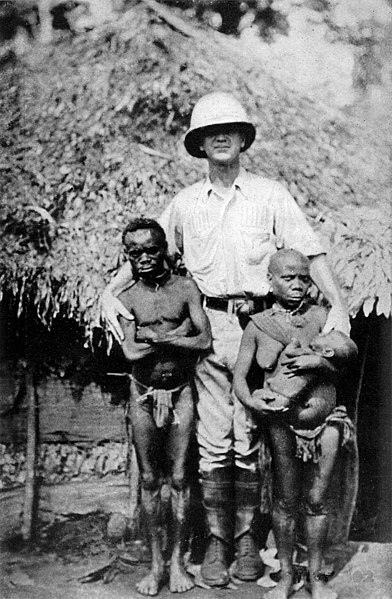Homo luzonensis, also locally called "Ubag" after a mythical caveman, is an extinct, possibly pygmy, species of archaic human from the Late Pleistocene of Luzon, the Philippines. Their remains, teeth and phalanges, are known only from Callao Cave in the northern part of the island dating to before 50,000 years ago. They were initially identified as belonging to modern humans in 2010, but in 2019, after the discovery of more specimens, they were placed into a new species based on the presence of a wide range of traits similar to modern humans as well as to Australopithecus and early Homo. In 2023, a study revealed that the fossilized remains of the Callao Man has been found out to be years old and much older than previously known.
Image: Luzonensis Molars
Image: Homo luzonensis metatarsal
Interior of Callao Cave, Luzon, the Philippines
Comparison of teeth (above) and foot phalanges (below) of A. afarensis (left), H. luzonensis (center), and modern humans (right)
In anthropology, pygmy peoples are ethnic groups whose average height is unusually short. The term pygmyism is used to describe the phenotype of endemic short stature for populations in which adult men are on average less than 150 cm tall.
Aka Pygmies on the Congo Basin in 2014
A family from a Ba Aka pygmy village
African pygmies and a European visitor, c. 1921
Baka pygmy dancers in the East Region of Cameroon








